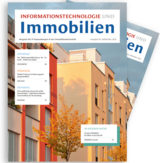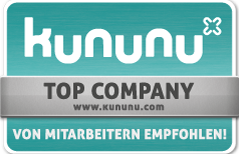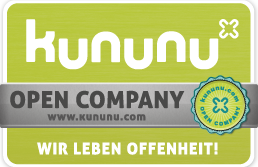Ready for take-off with ERP – The project approach for PROMOS.GT ready2

PROMOS.GT ready2 was designed and developed to allow functional modules to be bundled within a standardised template while also facilitating an optimal implementation strategy to be shaped right from outset. Our goal, with PROMOS.GT ready2, is to establish a product on the market that meets the current requirements of an ERP system. Companies are increasingly looking for a future-proof, integrative ERP system and sometimes want to avoid time-consuming projects with theoretical concept phases. A greenfield approach is not a match for these requirements and usually results in higher costs. Nevertheless, there is still a need for continued tailoring of functions and process structures to customers’ requirements via customising and additional developments. In these cases, we can draw on our extensive PROMOS.GT solution library. This library contains all the solutions created in projects with customers from the real estate and construction industries over the past 20 years. Anyone coming to PROMOS looking for an ERP system can therefore choose between a made-to-measure suit or ready-to-wear clothing.
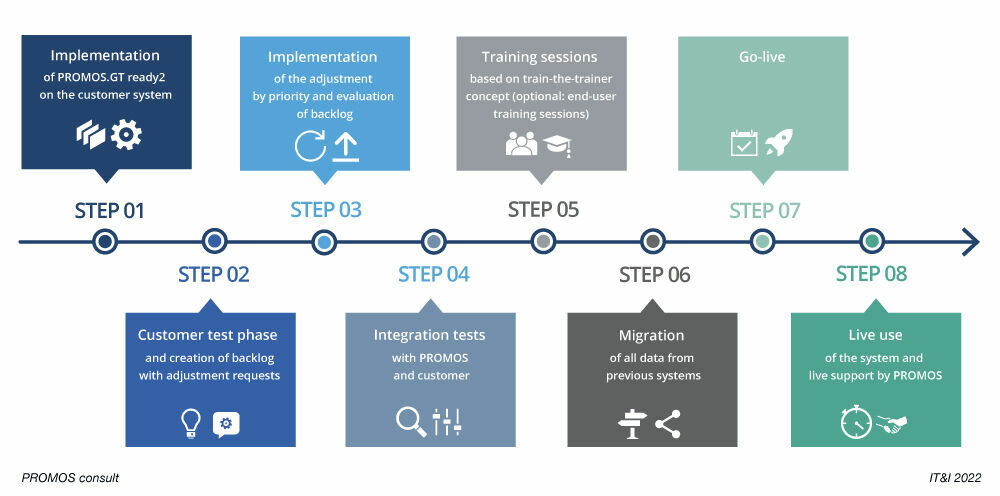
Figure 1: The extended project approach for PROMOS.GT ready2 includes delivering the complete system within a few weeks in order to provide a basis for defining customised adjustments. Steps 2 and 3 are omitted in the standard approach.
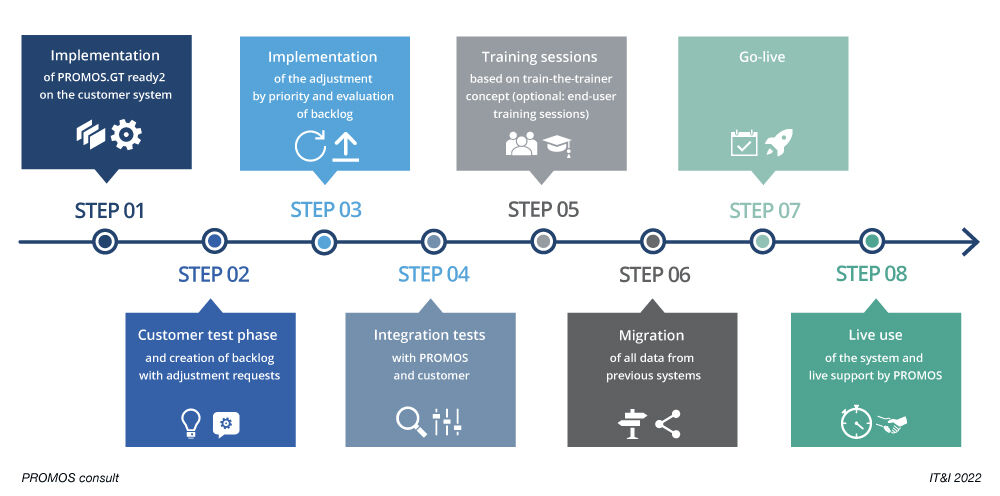 Figure 1: The extended project approach for PROMOS.GT ready2 includes delivering the complete system within a few weeks in order to provide a basis for defining customised adjustments. Steps 2 and 3 are omitted in the standard approach. |
How customised can a standard system be?
Deciding for or against a standard system has a significant impact on the course and duration of a project. The same steps are always required to introduce an ERP system: the system is installed, integration tests are carried out, users are trained and data from the previous systems must be migrated before the system is ready to go live. Although the steps in each project are essentially similar, their sequencing may vary. This is how we maintain the necessary flexibility to offer companies the option of introducing a tailored solution scope, even with a standardised solution. Let us illustrate the differences with two examples:
In scenario 1, a company is looking for an ERP system exclusively for residential property management. The company has no previous experience with SAP® or the project approach for a new implementation. In this case, our standard approach is ideally suited for the implementation since the customer has to contribute little effort or expertise. Instead, the customer benefits from the preconfigured functions and processes based on best practices provided by PROMOS to the customer for live use within four to five months. Rapid introduction with relatively low investment are what the company expects from its ERP system.
Scenario 2 describes a company whose business field is more complex than in scenario 1: it may operate in larger corporate networks and have to fulfil more extensive reporting requirements to shareholders. Owing to its experience with previous systems or even SAP® projects, the company is familiar with its own special requirements but does not want to miss out on a quick implementation and the benefits of a template. In this case, we can extend the approach and provide our preconfigured system within a few weeks. Using this “template”, the customer can now decide which adjustments are required over and above the standard system and define them in the product backlog. Only then are the adjustment requests implemented by PROMOS and delivered as a second pilot. There is therefore no need to define the theoretical construct behind each individual solution during laborious workshop and concept phases: the decisions for individual adjustments are made after assessing the real system. They are no longer abstract. This approach also saves considerable resources – in terms of both time and budget.
Out-of-the-box customisation
The bottom line is that both approaches differ regarding the degree of customising capability and the extent to which the customer wants to get involved. But anyone who thinks that a standard system must remain strictly standard is in for a surprise! Regardless of which project approach a company chooses, PROMOS.GT ready2 can be expanded at any later stage. That’s the beauty of it: with a standard system based on SAP®, our customers have all the SAP® options at their disposal – from program adjustments to expansions with further PROMOS solutions.
Do you recognise yourself in one of our scenarios? Or are you finding it difficult to choose between the two approaches? No problem. Based on some preliminary discussions, a presentation of our system and a few answers from you, we can recommend the project approach most suited to you. Try us out! We look forward to hearing from you.
Author:
Elena Fuchs
Director Consulting Financials
PROMOS consult
Christopher Langer
Director Consulting Financials
PROMOS consult
More information on PROMOS.GT ready2:
